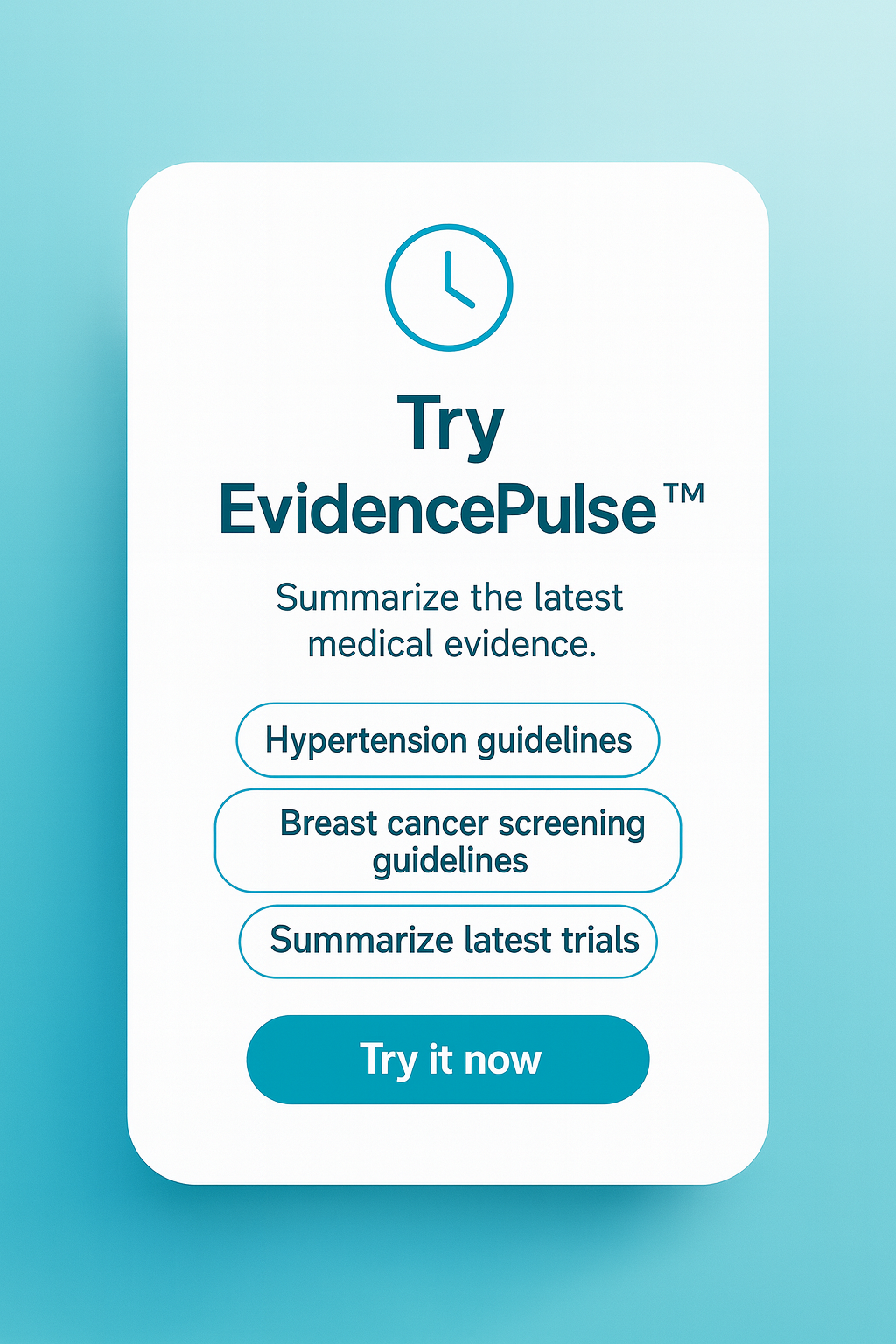Children who experience adversity have more police contact in adolescence
1. In a prospective cohort study, greater numbers of adverse childhood experiences (ACEs) in early childhood were associated with an increased risk for police contact in adolescence.
2. The association between ACE exposure in early childhood and adolescent police contact was mediated by multiple behavioral health concerns, most notably externalizing behaviors.
Evidence Rating Level: 1 (Excellent)
Study Rundown: Children and adolescents who have experienced a greater number of adverse childhood experiences (ACEs) are at a significantly increased risk of juvenile justice system involvement; however, little data exists on the relationship between ACEs and police contacts that do not result in arrest. Utilizing longitudinal data from a prospective birth cohort of over 11,000 adolescents in the United Kingdom, this study investigated the association between early childhood ACE exposure and adolescent police contact. The odds of police contact for adolescents with 3 or more ACEs was two-fold that of adolescents with no ACEs. Behavioral health problems, particularly externalizing behaviors, mediated this relationship. The study benefits from a large, national sample and from the availability of longitudinal data, which allowed for the demonstration of mediation effects. In doing so, it addressed a critical gap in the literature. However, given that the sample contained only a small percentage of Black youth, despite adjusting all models for race, it remained underpowered to detect differences in police contact that might result from discrimination. Furthermore, only minimal descriptions of the police encounters were available, which makes the significance of the study’s findings somewhat unclear. Overall, this study adds to the already robust body of literature detailing the far-reaching consequences of ACEs.
Click to read the study in Pediatrics
Click to read an accompanying editorial in Pediatrics
Relevant Reading: Adverse childhood experiences among justice-involved youth: Data-driven recommendations for action using the sequential intercept model
In-Depth [prospective cohort]: This paper utilized data from the United Kingdom Millennium Cohort Study (MCS), a longitudinal panel that enrolled a representative sample of children born between 2000 and 2002 using a stratified cluster sampling design. Study covariates, including age, gender, race, family socioeconomic status, and neighborhood safety, were derived from surveys when the children in the cohort were around 3 years old. A count of adverse childhood experiences (ACEs) was based on child- and parent-reports collected when the children were between age 5 and 7. Potential health behaviors that might mediate the relationship between ACEs and police contacts were measured when the children were in early adolescence, around age 11. Lastly, the outcome measure of police contact was measured via adolescent self-report at around age 14. The final analytic sample included 11,313 participants (60% of the original cohort) with available outcome data. Logistic regression models were used to measure the association between ACEs and police contact in adolescence, and Karlson-Holm-Breen (KHB) mediation models were used to assess the extent to which school disengagement, externalizing behaviors, property delinquency, and substance abuse explained this association. Results showed a strong association between accumulating ACE exposure and police contact (aOR = 2.0 for any type of police contact; aOR = 2.9 for being warned/cautioned by police, and aOR = 4.0 for arrest). Additionally, all tested mediators were significant, with externalizing behaviors explaining the greatest percentage of the association between ACEs and police contact (31.9 to 47.7%).
Image: PD
©2022 2 Minute Medicine, Inc. All rights reserved. No works may be reproduced without expressed written consent from 2 Minute Medicine, Inc. Inquire about licensing here. No article should be construed as medical advice and is not intended as such by the authors or by 2 Minute Medicine, Inc.








